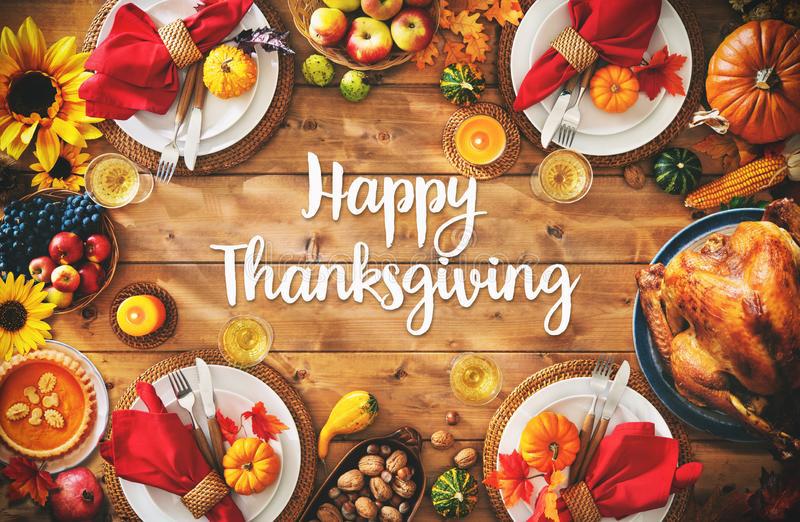Source: History.com, Nicole Barrantes, Animals in farming blog
Did you know?
Many people report feeling drowsy after eating a Thanksgiving meal. Turkey often gets blamed because it contains tryptophan, an amino acid that can have a somnolent effect. But studies suggest it’s the carbohydrate-rich sides and desserts that allow tryptophan to enter the brain. In other words, eating turkey without the trimmings could prevent that post-Thanksgiving energy lull
The Pilgrims might have been familiar with cranberries by the first Thanksgiving, but they wouldn’t have made sauces and relishes with the tart orbs. That’s because the sacks of sugar that traveled across the Atlantic on the Mayflower were nearly or fully depleted by November 1621. Cooks didn’t begin boiling cranberries with sugar and using the mixture as an accompaniment for meats until about 50 years later.
After encountering it in its native South America, the Spanish began introducing the potato to Europeans around 1570. But by the time the Pilgrims boarded the Mayflower, the tuber had neither doubled back to North America nor become popular enough with the English to hitch a ride.
Only male turkeys gobble.
Turkeys make a variety of different sounds such as “purrs,” “yelps,” and “kee-kees,” but the “gobble” call is only done by males during mating season. As a result, male turkeys are called “gobblers” while females are called “hens.”
Wild turkeys can fly.
It’s a common myth that turkeys can’t fly (most likely because they feed on the ground) but wild turkeys have been known to fly up to 55 mph in short bursts. For domesticated turkeys, this is unfortunately not the case. They’re bred to be heavier in weight, almost twice as much as a wild turkey so they won’t be flying anytime soon.
Wild turkeys sleep in trees.
Turkeys spend most of their time on the ground but when it’s time to sleep, they fly up into trees. This is because turkeys can’t see well at night and to protect themselves from predators, they roost at dusk and fly down at dawn.
They can change colors.
Well, their heads do at least! You can tell a turkey’s emotions by the color of their heads. Colors can change from red to blue to white, depending on how excited or calm they are. The more intense the colors are, the more intense their emotions.
Their poop identifies their gender.
Are they girls or boys? One certain way to find out is by checking their droppings. A male’s poop will be shaped like the letter J, while the female’s is more spiral-shaped.
Benjamin Franklin preferred the turkey to the bald eagle.
While Benjamin Franklin did not advocate for the turkey as our National Bird, he did prefer them to bald eagles. In a letter to his daughter, Benjamin Franklin called the bald eagle, “a bird of bad moral character” because they steal from other birds. He called the turkey a “much more respectable bird”, “a bird of courage”, and “a true original native of America.”
Turkeys can see better than humans.
Turkeys have three-times better vision than humans. They can also see in color and their eyesight covers 270 degrees.
Presidential pardons for turkeys started in 1989.
It’s widely believed that the first presidential pardon for turkeys started when Abraham Lincoln’s son pleaded that the bird intended for Christmas dinner had a right to live just like any other creature, but it wasn’t until 1989 during George H.W. Bush’s administration that the official pardoning ceremony started.
Turkey snoods are for mating.
Snoods, the fleshy appendage that extends over a turkey’s beak is for finding a suitable mate. According to the Journal of Avian Biology, females prefer males with longer snoods, and snood length can also be used to predict the winner of a competition between two males.
46 million turkeys are killed each year for Thanksgiving.
That’s about one turkey for every person in Spain. To add, each turkey weighs about 30 pounds on average, which means Americans will consume 1.4 billion pounds of turkey.








